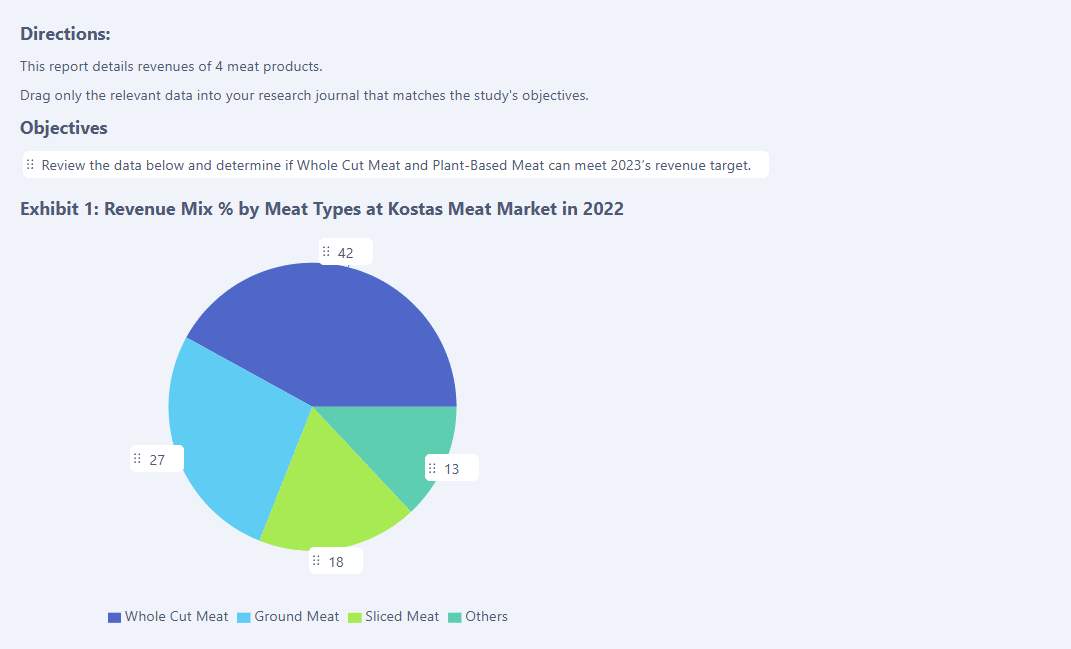If you’re applying to McKinsey, one of the first major hurdles you’ll face is the McKinsey game, a digital assessment that tests how you think, not just what you know. This game, officially called the Solve Game, replaces the firm’s old multiple-choice problem-solving test. To successfully solve McKinsey game challenges, you need to understand the structure, logic, and purpose behind each mini-game.
Why McKinsey Uses a Game Instead of a Traditional Test
The McKinsey Solve Game is designed to screen thousands of applicants while focusing on qualities that are essential for consulting work. These include logical reasoning, systems thinking, attention to detail, and strategic decision-making.
Unlike a traditional test, the game records every action you take, clicks, drags, retractions, and time spent, so that McKinsey can evaluate both your final result and the process you used to get there. This means preparation requires more than memorization. It requires learning how to think like a consultant.
Overview of the Three Mini-Games
As of 2025, the McKinsey Solve Game includes three distinct modules: Ecosystem Building, Red Rock Study, and Sea Wolf (Ocean Cleanup). Each one tests different cognitive abilities in a timed, interactive environment.
Ecosystem Building
This is the first game most candidates encounter. You’ll be placed in a mountain or reef environment and asked to build a food chain of eight species.
What it tests:
● Systems thinking
● Prioritization
● Attention to detail
● Strategic planning
You need to choose species that meet specific terrain conditions and maintain a stable calorie balance. The food chain must be continuous and biologically sustainable based on in-game logic, not real-world science.
Why it matters:
This module simulates real consulting scenarios where you have to make structured decisions using large, messy datasets. You’ll need to analyze environmental variables, balance tradeoffs, and build a working solution under time pressure.
Red Rock Study
In this mini-game, you’ll analyze data from a fictional market scenario and answer both quantitative and qualitative questions. The game is split into two parts: a research study with a written report, and six short business cases.
What it tests:
● Critical thinking
● Data interpretation
● Analytical accuracy
● Communication skills
You’ll work with visual charts, numerical data, and short passages. You’ll calculate values using an on-screen calculator, organize insights in a research journal, and finalize a written summary with supporting graphs.
Why it matters:
Red Rock closely mimics real-life consulting tasks. It tests how well you process data and communicate results clearly, key abilities for working with clients and project teams.
Sea Wolf (Ocean Cleanup)
The Sea Wolf game asks you to clean up polluted ocean sites by selecting the right combination of microbial treatments. Each microbe has traits and attributes, and each site has its own set of requirements.
What it tests:
● Pattern recognition
● Constraint-based decision-making
● Prioritization under ambiguity
● Forward planning
Your goal is to meet site conditions using exactly three microbes, without including any undesirable traits. You’ll filter candidates, assign them to sites, and maximize treatment scores through precise selection.
Why it matters:
This module is all about optimizing outcomes within strict constraints, a daily reality in consulting. It tests how well you identify the best-fit solution in situations where perfect outcomes aren’t guaranteed.
What McKinsey Is Really Looking For
Each game is scored on two fronts: product (your final answers) and process (how you got there). That means rushed or random clicking can lower your score, even if your answer is technically correct.
The key skills across all modules include:
● Critical thinking: Sorting signal from noise
● Decision-making: Acting with incomplete data
● Systems awareness: Understanding how parts fit together
● Metacognition: Adapting your strategy as you go
Candidates who succeed are not necessarily the fastest or most technical, they’re the ones who think methodically and plan ahead.
How to Practice Effectively
Because the games are interactive and unfamiliar, reading about them is not enough. Practicing with real logic and structure is the best way to prepare.
A great way to build familiarity is using a simulation of the solve McKinsey game. It allows you to experience the timing, interface, and data complexity before test day.
Once you know what each mini-game measures, you can tailor your prep:
● For Ecosystem: Practice building systems with multiple dependencies
● For Red Rock: Review business charts and practice quick data analysis
● For Sea Wolf: Work on filtering options using constraints and priorities
Final Thoughts
The solve McKinsey game is not designed to trick you. It’s meant to measure how well you think under real-world constraints. By understanding what each mini-game tests, you can shift your focus from guessing answers to building habits that reflect how consultants work every day.
Whether you’re analyzing food chains, business cases, or microbe traits, your ability to think clearly, act strategically, and stay organized will make all the difference.

